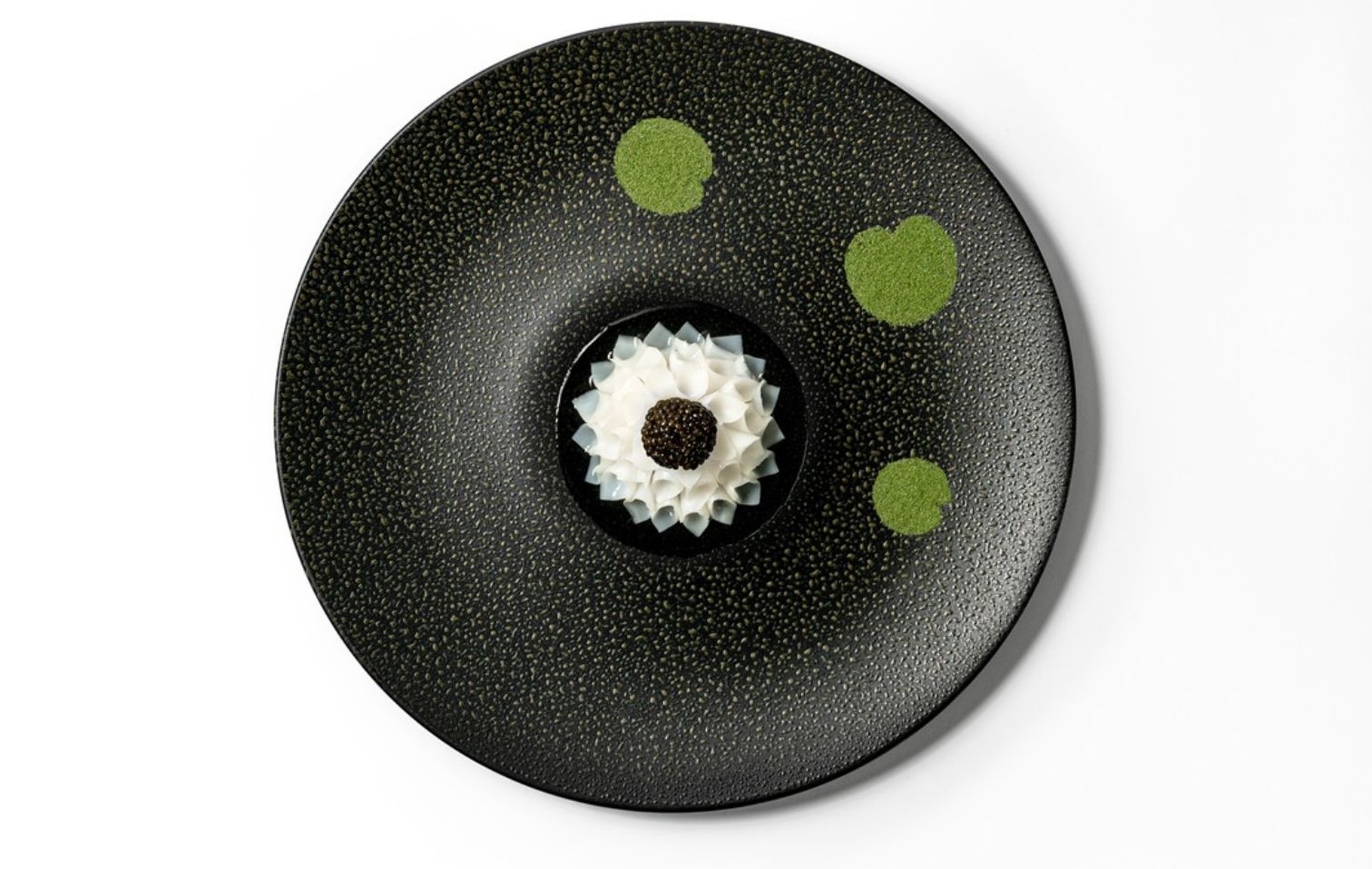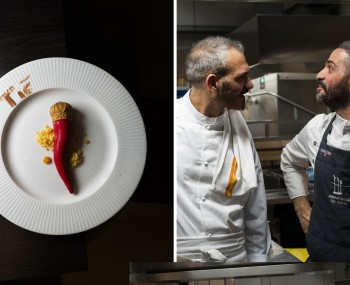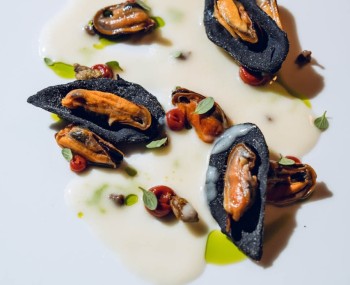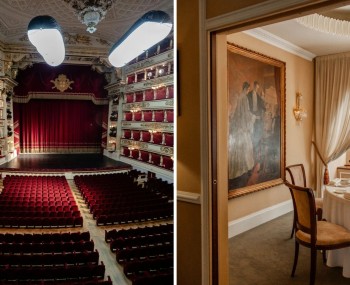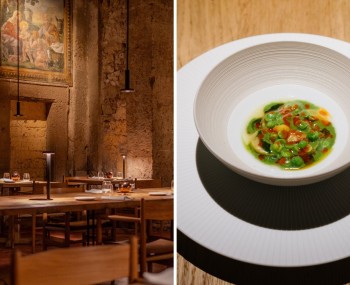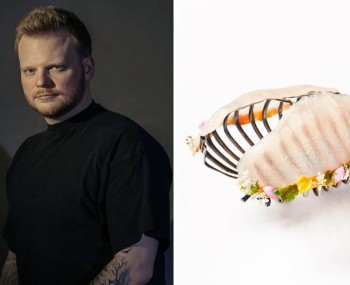Over the past seventy years, the Michelin Guide has established itself in the industry, relentlessly celebrating culinary excellence worldwide, and becoming a solid point of reference for both passionate patrons and restaurateurs, aspiring to recognition. The inspectors, with their expert palate, watchful eye and keen nose, have been able to award unforgettable tastings, telling us about them meticulously. There are 5 dishes that made history among the pages of the Red in Italy, and which are still remembered with nostalgia today.
Cover photo: Vincenzo Aiello
The news
In this short trip down memory lane, we will retrace the last seventy years of the Michelin Guide Italy, through 5 iconic dishes, indelible symbols in the memory of those who had the honor of trying them. Real masterpieces, not only from a technical point of view, but also from a cultural one, as they have escaped time, keeping intact a timeless charm, in a world that is constantly evolving and with multiple daily novelties.
"Riso, Oro e Zafferano", by Gualtiero Marchesi

Legendary, Gualtiero Marchesi's Risotto, Oro e Zafferano. Created in 1981, it represents the essence of simplicity and elegance, a great classic of Milanese tradition becomes a contemporary work of art. Minimalism, a key element of the Maestro's philosophy, lines, and attention to detail come together to create a melodic balance between good taste and aesthetics. Edible gold leaf, lying in the center, lends a visual touch that borders on perfection, despite being tasteless and odorless. The making of it does not involve complex procedures, the only peculiarity that deviates it from the original recipe is that the onion is not roasted initially, with the rice grains, but is cooked separately with vinegar and white wine, later emulsified with butter, in order to cream everything harmoniously.
"Tortelli zucca", by Nadia and Giovanni Santini, restaurant Dal Pescatore
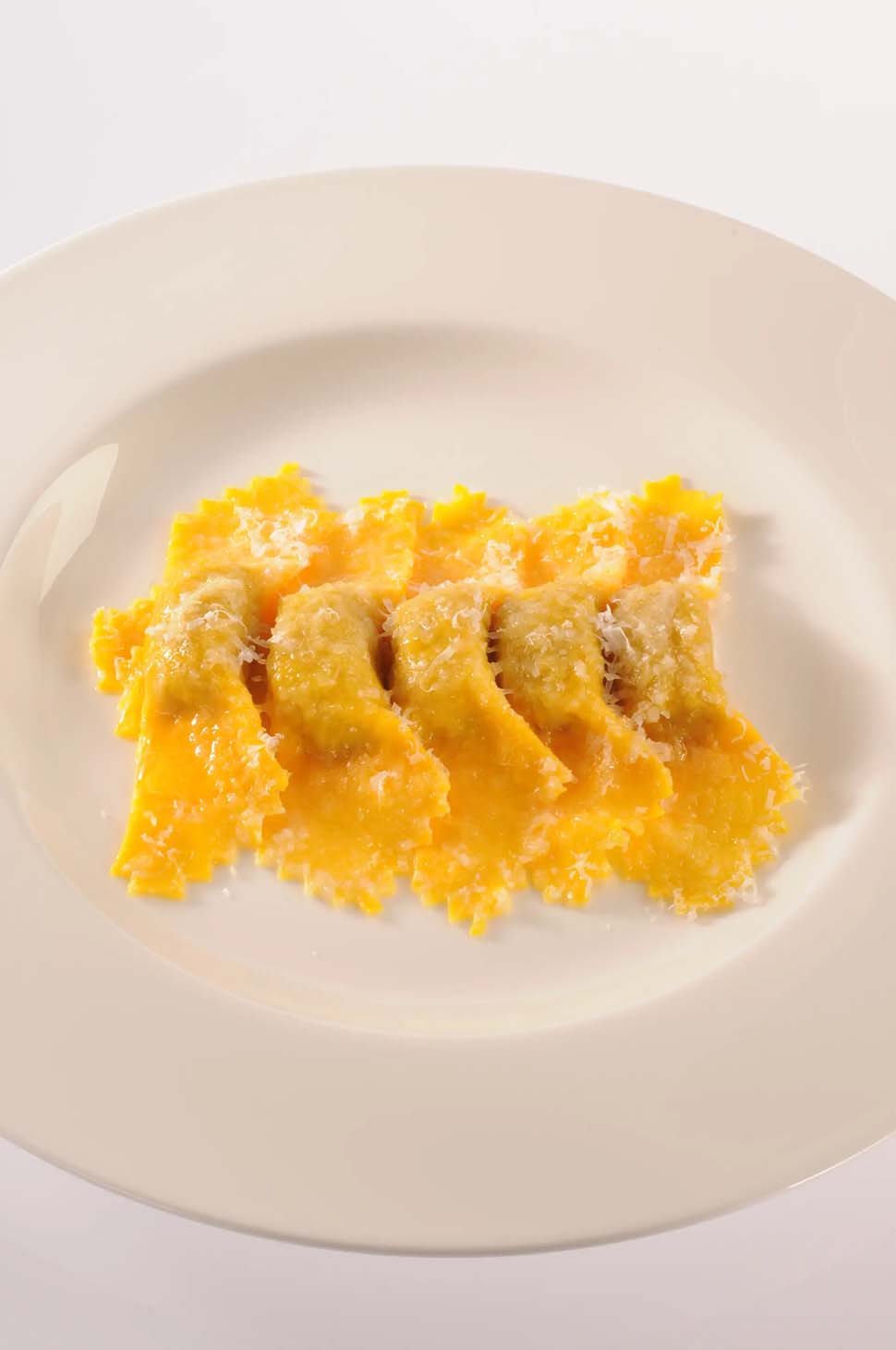
The Tortelli di zucca (pumpkin tortelli) of the longest-running three-star restaurant Dal Pescatore embody the authenticity of the Mantuan tradition, and the simplicity of the peasant cuisine typical of the misty Po Valley, furrowed at its heart by its main artery, the Po. The distinctive attribute of the Santini family is their pure ability to enhance without altering. The sweetness of the pumpkin, with its hard flesh, enriched with amaretti and mostarda, marries masterfully with the rough yet delicate egg pasta; the resulting contrast is inimitable.
Insalata 21…31…41…51… by Enrico Crippa, restaurant Piazza Duomo
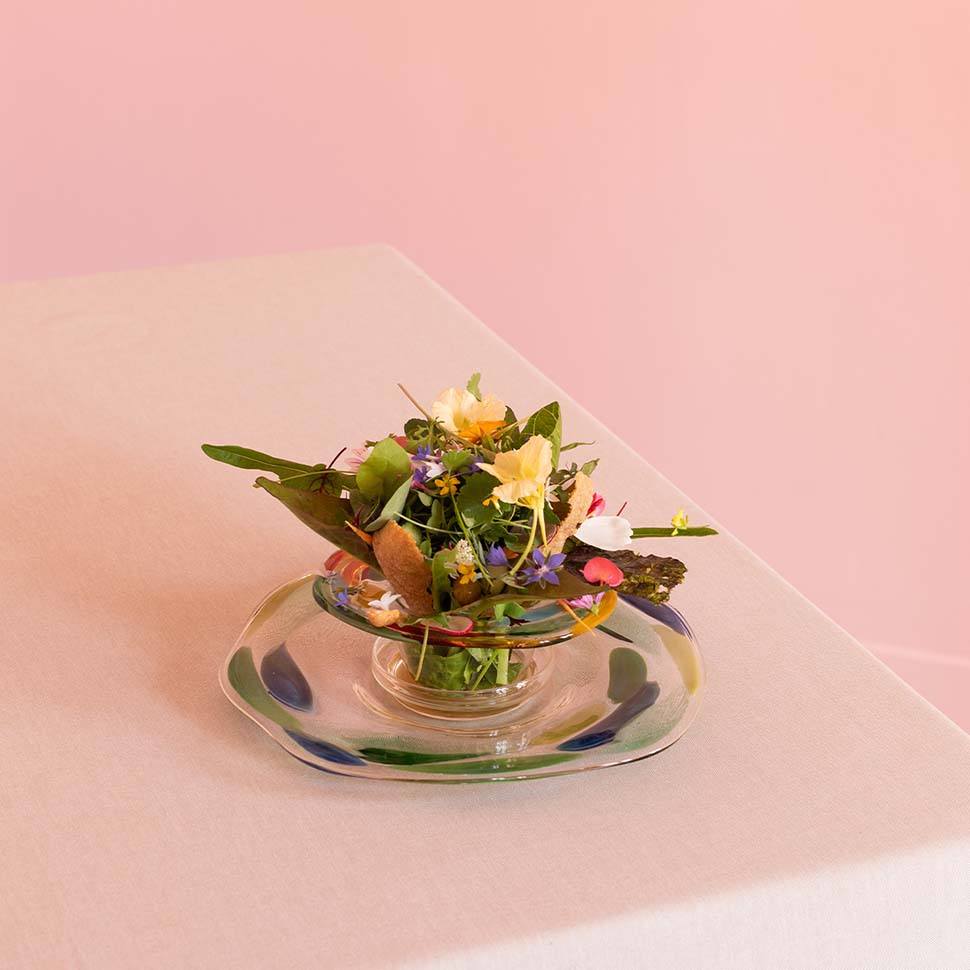
Enrico Crippa was one of the first to implement a green turn in his restaurant, Piazza Duomo in Alba. Significant is the Insalata 21...31...41...51..., not a simple side dish, rather a composition of colors, textures and sensations designed to strike the diner deep inside. Each figure stands for a different level of vegetables, all sourced from the chef's organic greenhouses. The herbs, sprouts, edible flowers and leaves, some bitter, are harvested at different times of the year, so depending on seasonality, both texture and assemblage vary. To think that in the month of May the elements present within the misticanza exceed one hundred!
"Oops! Mi è caduta la crostata al limone", by Massimo Bottura, restaurant Osteria Francescana
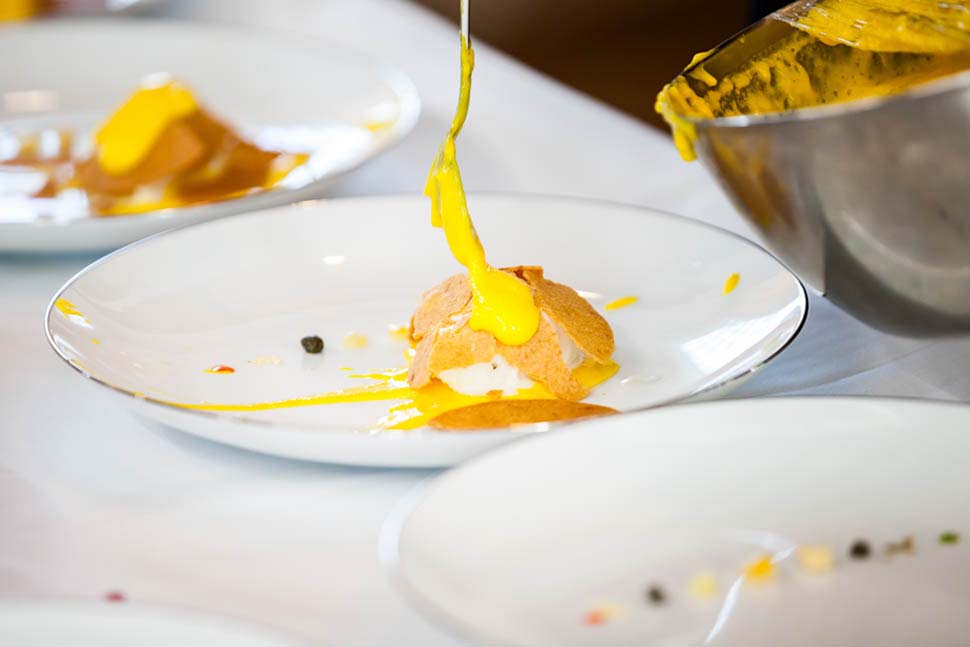
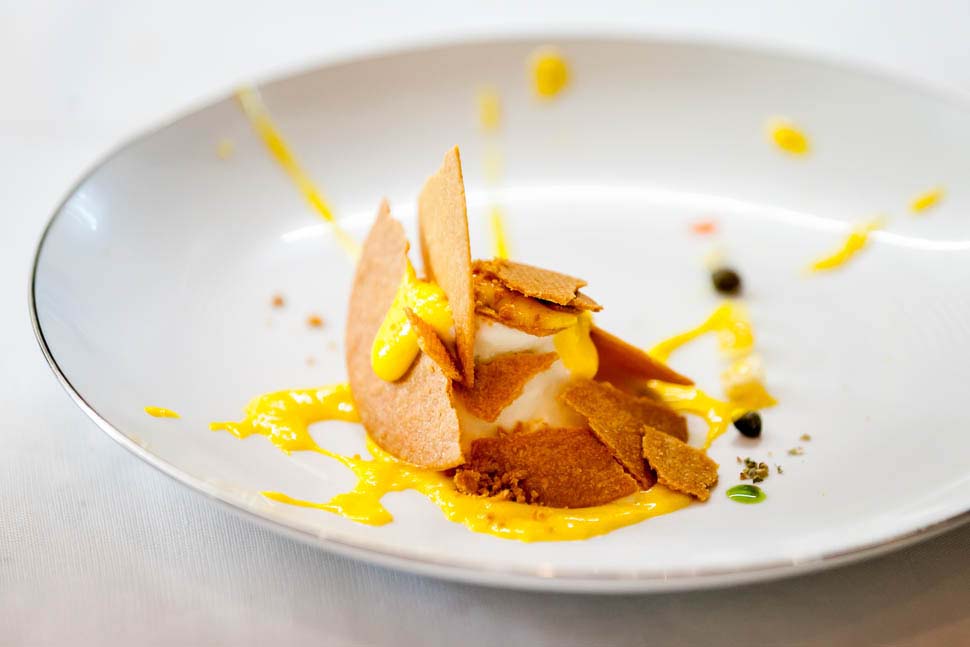
It is extraordinary how true gastronomic gems can originate from a mistake. Oops! I dropped my lemon tart is the most emblematic example of this theory, proving that creativity in the kitchen can also arise from unexpected and unlikely situations. Massimo Bottura, three Michelin stars, recounts how the famous dessert was born inside the Osteria Francescana: the tartlet slipped from Takahiko Kondo's hands onto the worktop. From that stroke of genius, why not serve it 'imperfectly', splashing some lemon zabaglione on the plate, resting ice cream on top and dropping some shortcrust pastry and drops of mint sauce?
"Fiore di Calamaro", by Fabrizio Mellino, restaurant Quattro Passi
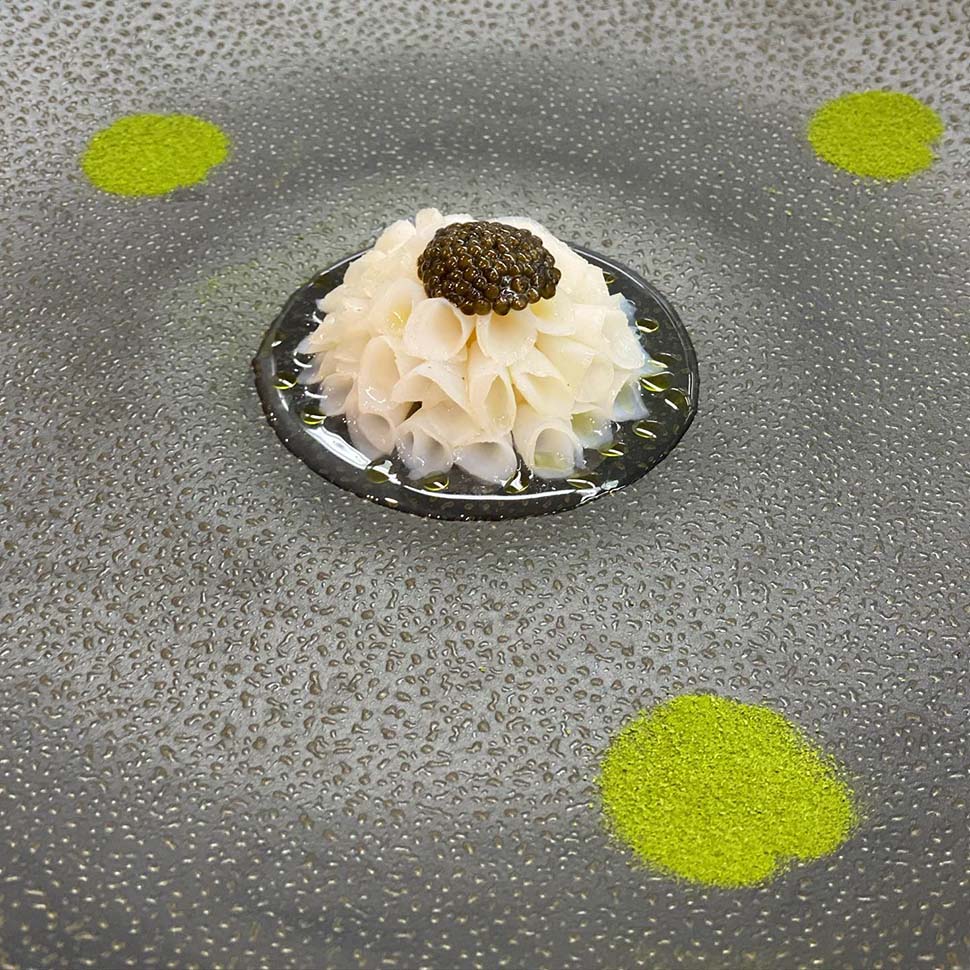
It looks like a small, fragile sculpture, the Fiore di Calamaro by Fabrizio Mellino, of the restaurant i Quattro Passi. The chef, with nerves of steel, expertly cuts the shellfish, subsequently wrapping it in small cones, neatly arranged together, with the aim of giving it its sinuous shape. A half sphere of caviar is placed on the surface, while a langoustine tartare is concealed inside. The base of green apple water offers a fresh note, while parsley chlorophyll, all around, is reminiscent of lotus leaves. Sea and nature are thus synthesized, the ingredients, on the other hand, intersected, telling a story that captures the soul.
